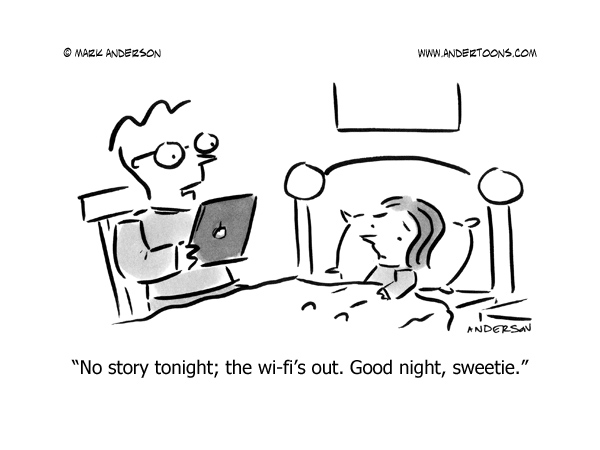“The Internet’s laggy!” “My movie’s buffering again!” “What happened to my internet connection?” These are phrases we’ve all heard, and maybe muttered on occasion. Everyone from baby boomers to elementary students can relate to slow data retrieval on their devices. Even the technologically advanced can’t escape the pitfalls of shared Internet bandwidth. The newest gadgets and the most complicated add-ons can do little in the fight to maintain a consistent Wi-Fi connection when it’s being divvied up between devices. But that might be about to change. Researchers from Oregon State University have designed a system to utilize LED lighting technology as a way of transmitting information.
A prototype named WiFO could potentially increase standard Wi-Fi bandwidth up to 10x using LED technology. WiFO uses LED transmitters installed on the ceiling to create an invisible cone of light capable of transmitting data wirelessly. The system is designed to switch between the LEDs and the existing Wi-Fi to make up for the small usability area of each cone (about one meter squared). The LEDs transmit to a small, photodiode receiver (a device that detects radiant energy as light) to allow more bandwidth for individual users.
While current Wi-Fi systems provide similar bandwidth as WiFO (about 100 megabits per second), they are detrimentally impacted by the number of devices vying for connection. This means that if there are 10 different smartphones, tablets or laptops connected to a Wi-Fi system, that 100 megabits could drop to 10 megabits per second per device. WiFO, on the other hand, could provide 50-100 megabits per user.
The benefits of such advances in LED technology just keep adding up — or down in this case! The photodiode receivers are estimated to cost less than a dollar each, and their ability to connect through current systems’ USB ports means there are no hidden costs for installation. As for future generation devices, the receivers’ small size and low cost would allow them to be implemented upon assembly.
What can you look forward to if WiFO takes off?
- For offices or schools with many users, the network would no longer get bogged up and lag when accessing data, resulting in an increase of productivity.
- Businesses like coffee shops could see an increase in clientele/business. Less competition for bandwidth means customers are more likely to stay longer to work or study.
- Travellers could enjoy a more efficient use of their time at the airport terminal since they wouldn’t have to seek out hotspots to connect to the office or download a movie.
- At home, movies could stream without stalling or buffering and homework or work would be a little less stressful without the added annoyance of a lagging connection.
With a provisional patent in place on the technology, the researchers are hoping to find a company interested in transforming it into a marketable product, thereby ending the war for bandwidth. Who knows, it might be on Mission’s shelves before you know it!
About The Author

-
Serial Entrepreneur, Technologist and Inventor.
My objective is to develop useful products that have a net positive effect in the lives of those that use them and the environment that we live in.
CEO of Mission LED Lighting Company Ltd.
- 2017.05.24LED factsWhy Are Cars Switching to LEDs if They’re Too Bright?
- 2017.05.09Be green & saveHow to Easily Replace T8 Fluorescent Tubes With LED
- 2017.03.07Build a better future7 Things About Explosion Proof LED Lighting You Should Know
- 2017.02.28Be green & saveWhy We Love LED Grow Lights (And You Should, Too!)





Leave a Reply